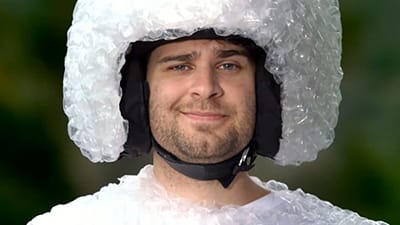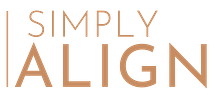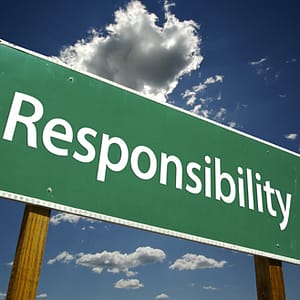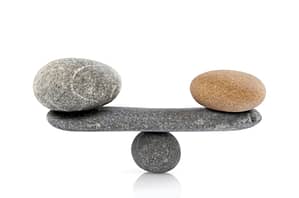Are You Too Cautious?
 Helen Keller, blind and deaf educator, said: “Life is either a daring adventure or nothing.” Sometimes it’s wise to be cautious, particularly when physical safety is at stake. However, when we play it safe simply to protect our ego or heart, we may close off possibilities that could bring us greater joy and fulfillment. Life is what we make of it, shaped by our choices. What are you choosing? Answer “true” or “false” to the following statements to discover if you are too cautious.
Helen Keller, blind and deaf educator, said: “Life is either a daring adventure or nothing.” Sometimes it’s wise to be cautious, particularly when physical safety is at stake. However, when we play it safe simply to protect our ego or heart, we may close off possibilities that could bring us greater joy and fulfillment. Life is what we make of it, shaped by our choices. What are you choosing? Answer “true” or “false” to the following statements to discover if you are too cautious.
Set 1
- Life doesn’t feel safe. I’m content with things as they are and prefer to stay in my “comfort zone.”
- I’m afraid something bad will happen if I veer off my usual course. I feel safer and more confident when I stick to what I already know.
- I frequently worry “what if…?” If I can’t be certain of the outcome, I won’t take the risk. Being rejected, looking stupid and failing are not options.
- I know there are business and romantic opportunities I’ve missed out on because of being so risk-averse.
- My fear of the unknown is paralyzing. When I look at my life, I have many regrets about things I didn’t do.
- I feel bad about myself for being so cautious. I think of myself as a coward and I expect that others see me that way, too.
Set 2
- I am committed to growing myself bigger than my fears. It’s not that I’m unafraid; it’s just that I am more committed to my goals and know the cost of playing it safe.
- Developing courage is like building a muscle. The more I practice taking risks, even small ones, the more empowered I feel.
- When I have a goal or dream that feels big and scary, I minimize feeling overwhelmed by “chunking it down” into more manageable, short-term steps.
- I enlist the support of those who can help me move beyond my comfort zone to a more fulfilling life.
- When I take risks, I trust I can handle whatever comes. If I fall, I know that I can get up again. I don’t conclude that I shouldn’t have tried or that I’m a failure.
- My biggest successes have come when I’ve taken a big leap of faith.
If you answered True more often in Set 1 and False more often in Set 2, it sounds like you are ready to move beyond your comfort zone to live a more fulfilled life. A great place to start is with my “Fear Busting” group call coming up in Dec. It will help eliminate the underlying reasons why you hold yourself back in many situations, so you can step into your courageous self and create a life that rocks!

 important decisions: how to spend her money, who to go out with, even what clothes to wear. Josie is anxious and depressed.
important decisions: how to spend her money, who to go out with, even what clothes to wear. Josie is anxious and depressed.





